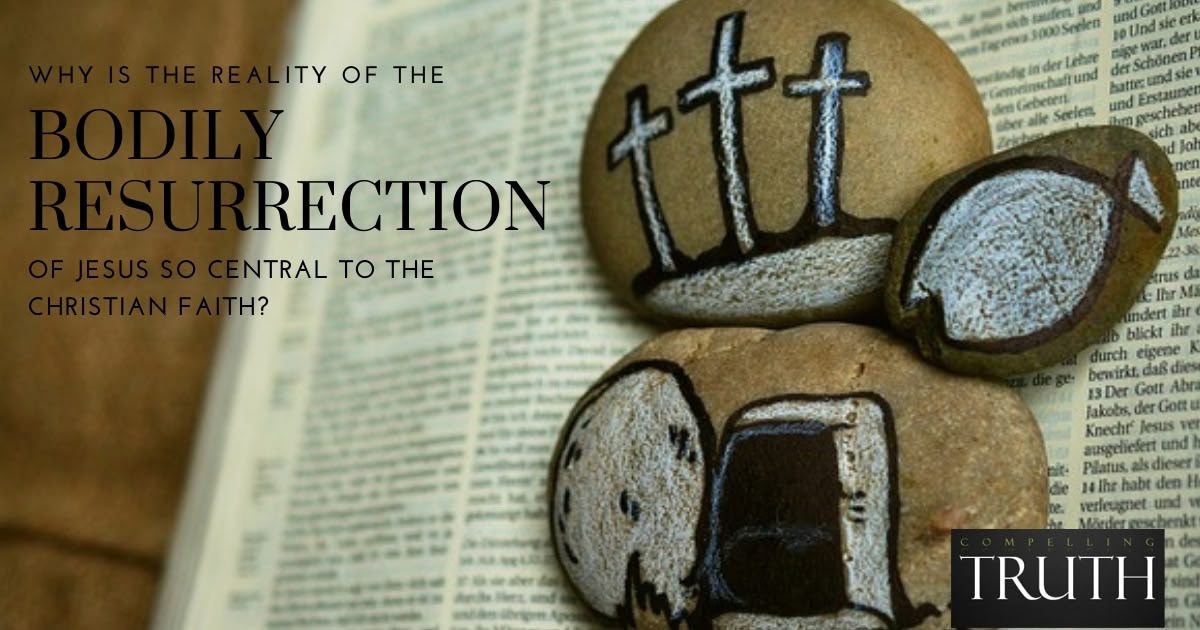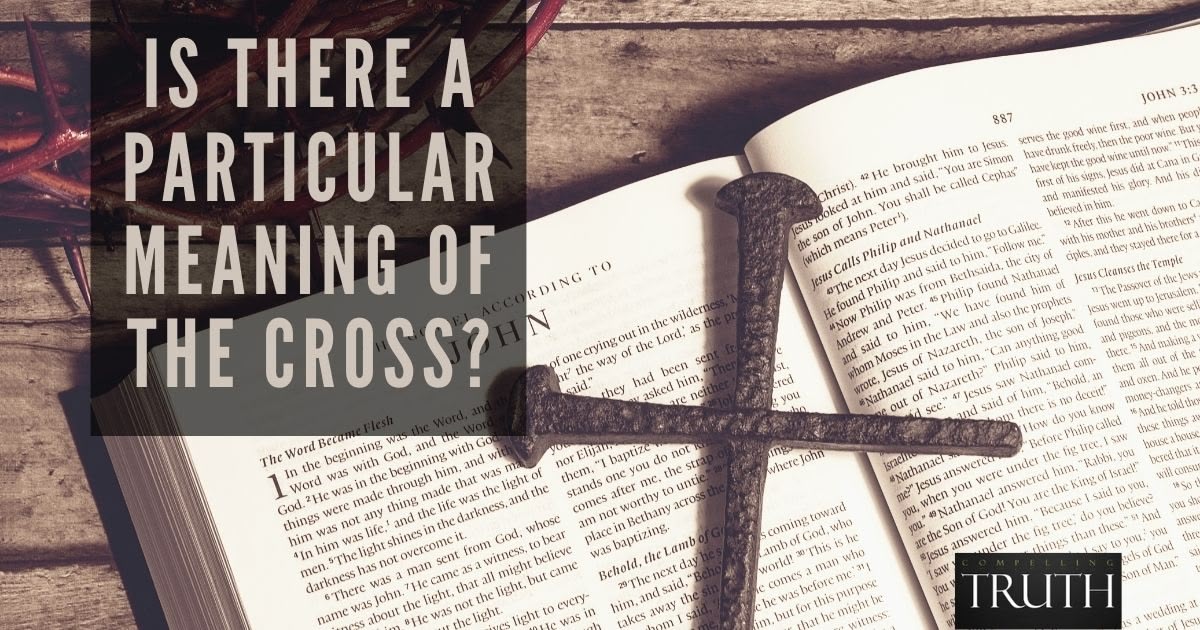what does the bible say?
A traditional Easter greeting is "He is risen!" The response is, "He is risen, indeed!" Some church traditions add the exchange of three kisses on alternate cheeks, and some call this the "Paschal greeting." This saying finds its roots in Luke 24:34, where the disciples, having encountered the risen Jesus on the road to Emmaus, confirm to the others in Jerusalem that “The Lord has risen indeed, and has appeared to Simon.” While the precise origin of the use of “He is risen; He is risen, indeed” as a liturgical greeting is unclear, it became more common in Eastern and Byzantine church traditions and is associated in legend with Mary Magdalene proclaiming Christ’s resurrection to Emperor Tiberius. The greeting emphasizes the ongoing reality of Jesus’ resurrection, using the present tense “is” to proclaim His triumph over death. Today, this exchange not only celebrates Easter but also serves as a powerful reminder of the hope, assurance, and joy that Christ’s resurrection brings to all who believe in Him. Proclaiming this saying helps us to share and rejoice in the foundational truth of the gospel: He is risen!




